Professor Stephen Hawking might have died before the James Webb Space Telescope finally launched. Still, due to the vast space legacy of the late physicist, many hours of the new space telescope will be dedicated to proving some of his theories! One of such theories is the very last one Hawking worked on before his death, in which he argued about a multiverse theory that implies an exact copy of you existed in a parallel universe! What is the multiverse theory, and will the James Webb Space Telescope finally prove Stephen Hawking’s multiverse theory?
Stephen Hawking died in 2018, missing the launch of the James Webb Space Telescope by more than three and a half years. That was thanks to multiple delays that pushed the launch date from between 2007 and 2011. It also gulped about 10 billion dollars, about ten times the initial budget. However, following a successful launch and deployment of its components, this powerful space telescope will undergo several months of calibrating and testing before settling down to work.
Thanks to the large 6.5 meter giant mirror that had to be folded during launch, the telescope will be able to peer into the atmospheres of planets outside our Solar System and peek through massive clouds of dust to watch the birth of new stars and planetary systems. JWST will be able to gather and reflect light from the early Universe. The Universe is thought to be around 13.8 billion years old, and JWST will be able to observe light from the earliest stars and galaxies, close to the Big Bang!
The JWST is an infrared telescope, meaning it uses infrared radiation to detect objects in space. It is able to observe celestial bodies, such as stars, nebulae, and planets that are too cool or too faint to be observed in visible light, that is, what is visible to the human eye. According to NASA, infrared radiation can also pass through gas and dust, which appear opaque to the human eye. This is different from the world-famous Hubble Telescope, which sees visible light, ultraviolet radiation, and near-infrared radiation. In order for the instruments aboard to work, they need to be kept at extremely cold temperatures,-370 degrees Fahrenheit or lower. The large sunshield protects the telescope from the heat of the sun and keeps the instruments cold.
According to a report conducted by an independent review board in 2018, there were 344 “single-point failures,” or steps that needed to work for the mission to succeed! However, the telescope was tucked inside the nose of an Ariane 5 rocket and launched safely from the European Space Agency’s Spaceport in French Guiana in December last year! It separated from the rocket after the launch and began unfolding. According to NASA, about 30 minutes after the launch, the first deployment took place as the solar panels unfolded so the telescope could get power from the sun!
Because of JWST’s capabilities, many astronomers are vying for time with the telescope. The Space Telescope Science Institute, which oversees science operations on Hubble and JWST, had sent out a call to astronomers for proposals on how they’d like to use James Webb, with 6,000 hours of observation time up for grabs! The lucky ones have now received approvals for their projects, and we look forward to the wealth of knowledge they will enrich us with! There is plenty of time for the JWST to unlock the deep secrets of the Universe, with about 20 years of operation guaranteed by the amount of fuel aboard the space telescope.
With the JWST safely delivered to its location about one million miles away from the earth, is it time to confirm one of Hawking’s most intriguing theories, the multiverse concept? The theory is special because it was the last one published by the professor! In fact, that final research from the sharp mind was submitted for publication just ten days before his death!
In the paper, titled “A smooth exit from eternal inflation?” which he co-authored with Thomas Hertog, a physicist at the Catholic University of Leuven in Belgium, Hawking laid out a theory on the origin of the Universe that might settle a few lingering questions. However, despite being his last work, the paper was actually a final look at one of his earliest theories. In fact, if the JWST eventually helps prove the existence of the multiverse, it will make the scientists behind it likely candidates for a Nobel Prize! However, since Nobel Prizes cannot be awarded posthumously, Hawking would be ineligible to receive it.
Category: sustainability – Page 370
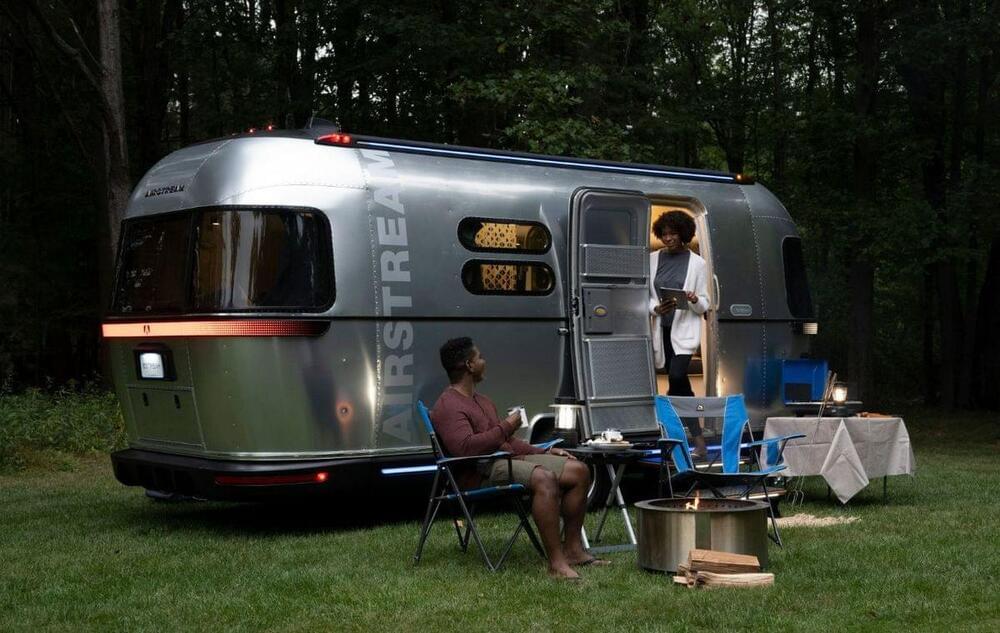
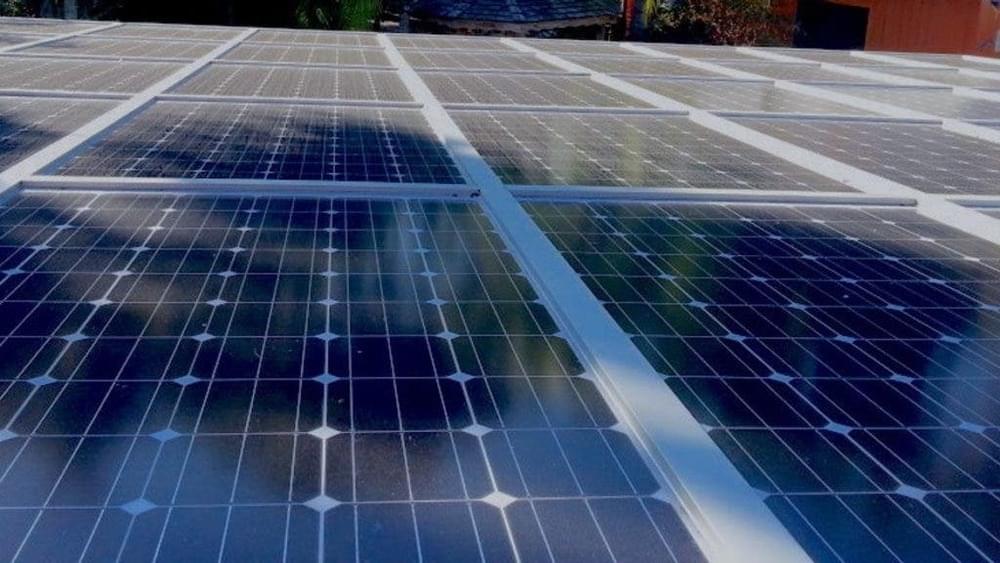
Aquamarine Solar Project — Smart from Start to Finish
By Helen O’Shea
On a windy, bright day in Lemoore, California another 250 megawatts of clean power was added to California’s energy mix with the dedication of the Aquamarine Solar Project. There are many new solar projects coming online across the country these days, but the Aquamarine project is notable for its innovative development model — it’s part of a 20,000-acre master-planned solar park on fallowed and salt-contaminated agricultural lands in the Westlands Water District in California’s Central Valley.
Disturbed lands farmed for years with no residual habitat value are the perfect place to locate utility-scale solar projects. In 2016 these lands, among many others, were identified as suitable for development by a diverse group of stakeholders through the San Joaquin Valley Least Conflict Solar Planning exercise.
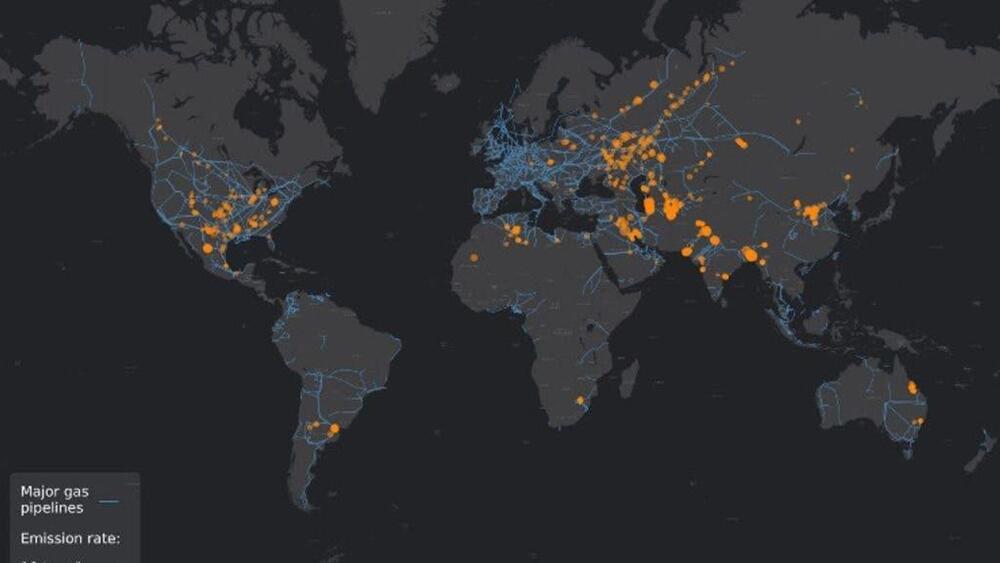
Massive Methane Emissions by the Oil & Gas Industry Detected from Satellite, Space
An international study involving researchers from CNRS and CEA as well as the company Kayrros reveals hundreds of major methane leaks linked to the global exploitation of oil and gas. Scientists show that their mitigation would lead to climatic and economic benefits amounting to billions of dollars for the main hydrocarbon producing countries. This work is published on February 4, 2022 in the journal Science.
Original press release published on CEA.
A major contributor to climate change, methane (CH 4) has a warming potential over 100 years approximately 30 times greater than that of CO 2. A quarter of anthropogenic emissions of this greenhouse gas come from the global exploitation of coal, oil and natural gas, of which CH4 is the main component. In 2018, a study had already exposed, based on the case of the United States, the vast underestimation in official inventories of emissions related to the extraction and distribution of oil and gas. A discrepancy which could be explained by sporadic undeclared releases of large quantities of methane by operators in the sector.
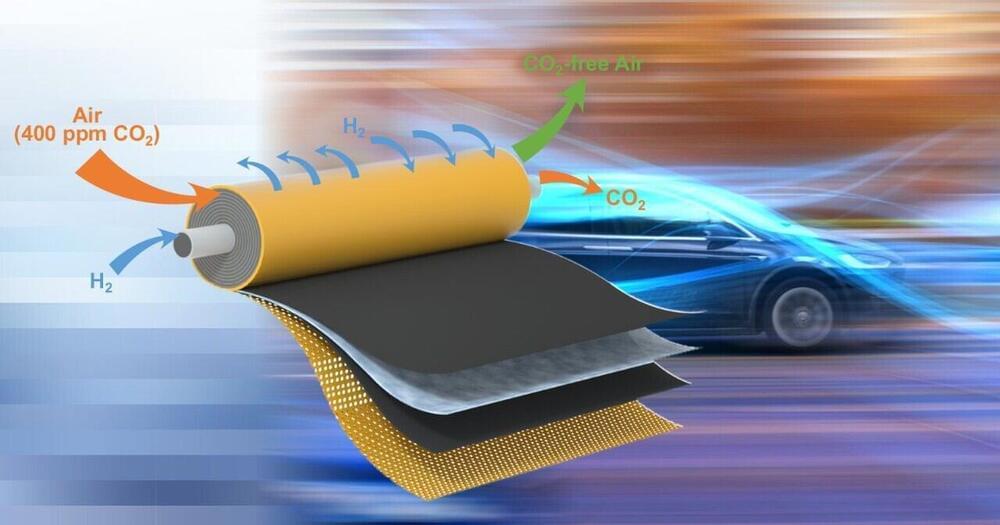
Game-Changing Carbon Capture Technology To Remove 99% of CO2 From Air
University of Delaware researchers have broken new ground that could bring more environmentally friendly fuel cells closer to commercialization. Credit: Graphic illustration by Jeffrey C. Chase.
University of Delaware researchers’ carbon capture advance could bring environmentally friendly fuel cells closer to market.
University of Delaware engineers have demonstrated a way to effectively capture 99% of carbon dioxide from air using a novel electrochemical system powered by hydrogen.
Inside The World’s Biggest Fish Farm
Rhiannon Ashīmkainé Zos Sol’Rhā
Fucking insulting to offer just 5k. I’m joining the kid on trolling musk.
1 Reply.
Chris BartlettThe 19 year old sounded like a jerk tbh. Musk was being seriously nice about it and the kid demanded more, very rude. Basically blackmailing Musk over his personal safety.
View 20 more comments.

Agrotopia is a giant rooftop greenhouse built atop an existing building
Meta Architectuurbureau and Van Bergen Kolpa Architecten have designed Agrotopia, a greenhouse in Belgium that was added to the roof of an agricultural market to create an urban food production centre.
Located in the city of Roeselare, Agrotopia is Europe’s largest public building for urban food production and will be used to both farm food and educate the public about agriculture.
The 9,500-square-metre greenhouse was built on top of the REO Veiling agricultural auction market. It was commissioned by REO Veiling together with Flemish farming and horticulture research institute Inagro.

Captained: The European immigrants prevailed in that war, as well as in a long series of conflicts with other tribes
On this land taken from Indigenous Peoples, a new nation was eventually born, largely built by those whose ancestries traced back to the Old World via immigration and slavery.
As the country grew, inventions like the telephone, airplane, and Internet helped usher in today’s interconnected world. But the inexorable march of technological progress has come at great cost to the health of the planet, particularly because of global dependence on fossil fuels. The United Nations declared in 2017 that a Decade of Ocean Science for Sustainable Development would be held from 2021 to 2030. This Ocean Decade calls for a worldwide effort to reverse the oceans’ degradation.
The dawn of this decade, 2020, also marked the 400th anniversary of the Mayflower’s journey. Plymouth 400, a cultural nonprofit, has been working for more than a decade to commemorate the anniversary in ways that honor all aspects of this history, said spokesperson Brian Logan. Events began in 2020, but one of the most innovative launches is still waiting in the wings—a newfangled nautical craft, the Mayflower Autonomous Ship, or MAS.
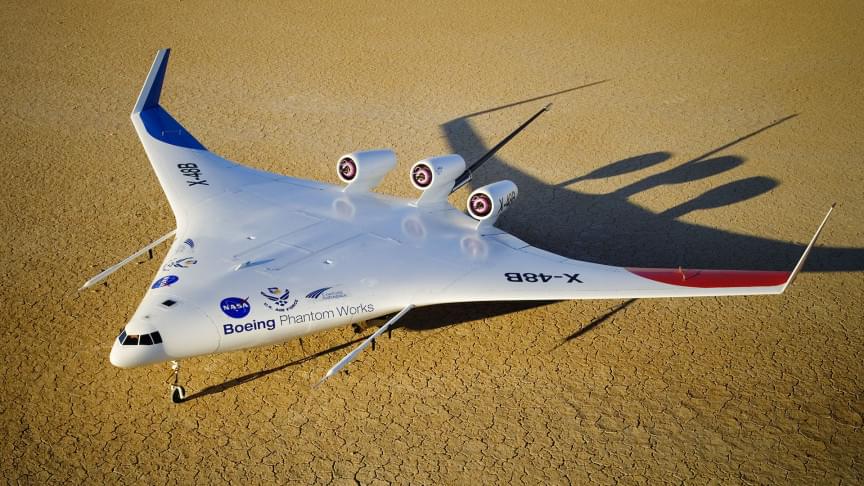
NASA’s X-48 Aircraft Test Flights Promise a ‘Green Airliner’ For the Future
Fewer CO2 emissions, more cargo space.
California-based startup Natilus revealed a new unmanned aircraft that it believes will make air cargo more sustainable as well as cost-effective, a report from *NewAtlas* reveals.
The company designed a blended wing body aircraft, similar to NASA’s X-48 “green airliner” concept, which it says allows it to offer “an estimated 60% more cargo volume than traditional aircraft of the same weight while reducing costs and carbon dioxide per pound by 50%.” startup Natilus’ new aircraft promise fewer CO2 emissions and more cargo space.

Koenigsegg Quark, Terrier Bring Big Power In Small Package To Electric Cars
Koenigsegg has announced new high power, compact motors and powertrains for electric cars.
Christian von Koenigsegg is an inveterate tinkerer who has built a business on his ability to squeeze extraordinary amounts of power out of internal combustion engines. Lately, he has turned his talents to electric motors and drivetrains. On January 31, his company announced two breakthrough products that could transform the world of electric cars.
[caption id=.